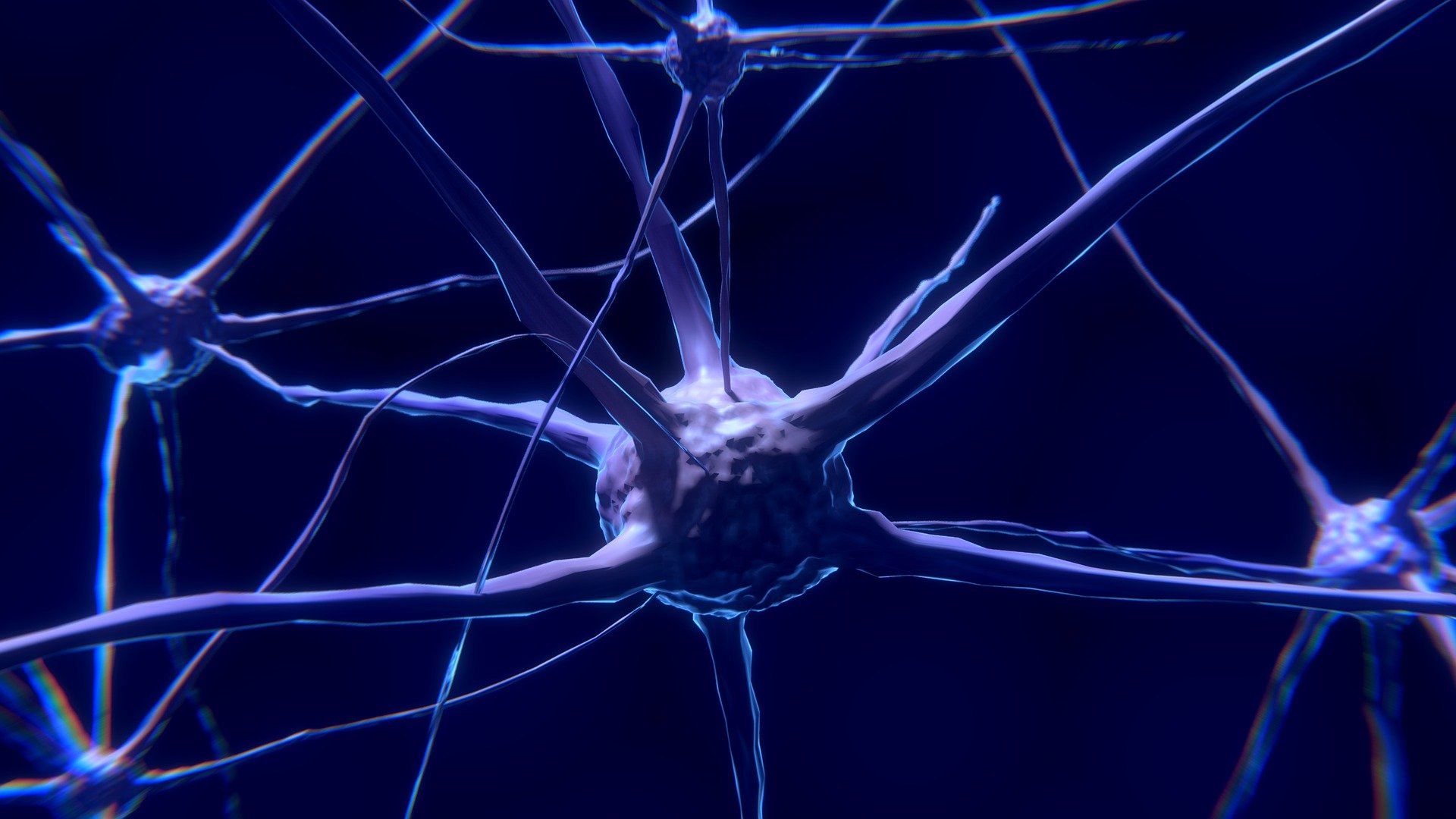
According to information from the German Society for Neurology, around 60% of the population in Germany – i.e., more than 50 million people – suffer from a neurodegenerative disease. These include migraine and tension headaches as well as, for example, multiple sclerosis, Parkinson’s disease, ALS, brain tumors and all forms of dementia. As part of the EU-funded RobustSynapses project, researchers have now sought to find out more precisely what happens in the brains of those affected by examining the synapses more closely. Many brain diseases start at these junctions. And the team has had initial success. The scientists were able to identify central malfunctions and thus find new starting points for life-saving treatments.
“The RobustSynapses project addressed one of the largest unmet medical needs – the fact that there are no cures for any of these major neurodegenerative conditions,” explains RobustSynapses principal investigator Patrik Verstreken, scientific director and group leader at the VIB Center for Brain & Disease Research at KU Leuven, Belgium. “To meet this challenge, we wanted to zoom in on what is happening at the earliest stages of these diseases.”
More effective treatments
Synapses are small junctions in the brain that connect the ends of neurons, allowing signals to travel from one neuron to the next. Therefore, synapses are instrumental in brain function. As neurodegenerative disease progresses, the synapses are often the first to be affected. Verstreken believes, however, that thanks to new findings, diseases can be detected earlier in the future. It will then be possible for doctors to intervene more specifically with more effective treatments to alleviate patients’ problems. That’s why, in this project funded by the European Research Council, he wanted to find out more precisely how exactly these synapses function and what can cause them to malfunction.
Using novel genome editing methods, the researchers first examined the synapses of fruit flies. “What we found from this was that there are specific mechanisms at the synapse that are needed to remove dysfunctional debris,” Verstreken continued. “If this does not happen, the synapses fail and cause problems.” The team then applied these findings to human neurons in vitro that the scientists had generated from the skin cells of patients. This allowed them to study synaptic processes both in living organisms and later to see their findings confirmed or disproved in human neurons.
New possibilities for therapeutic targets
Both approaches confirmed the finding that a process called “synapse-specific autophagy” causes problems at synapses. According to Verstreken, this finding could lead to “new possibilities for therapeutic targets” in the treatment of neurological diseases. “One of our most exciting innovations was that we were able to develop tools that interfere with the defects induced by this process at synaptic contacts, including cognitive decline,” he says. “We are now pursuing this in the hope of developing real therapeutic interventions.”
In the lab, Verstreken and his colleagues are now researching which cells in the brain change first. “First, we use single-cell approaches to define which cells in the brain are most affected by the synaptic processes we uncover,” he explains. “One exciting discovery has been finding out why Parkinson’s disease patients suffer from sleep problems.”
A possible cure in the future?
In the future, Verstreken plans to continue research in this particular direction and search for other affected cells in patients’ brains. These could then be modeled in appropriate systems in the lab, either in living animals as in this project or in human neurons derived from skin cells. “Second, as I discussed earlier, we found a way to interfere with the effects of ‘synaptic autophagy’,'” Verstreken continued. “We can achieve this by manipulating proteins that are central to the process and that are also found to cause risk to Parkinson’s disease when mutated in patients. We are now developing effective tools to achieve this, together with our industry partners.”
So far, there is no cure for neurodegenerative diseases, but new research opportunities created by the RobustSynapses project could lead to novel treatments in the future. At least that’s what Verstreken hopes. “Given the large number of people suffering from neurodegeneration, the impact could be very sizeable.”
Also of interest:
Alzheimer gene affects the brain even at a young age
Synapses in 3D: Looking into people’s brains (German only)
German study: Immune cell defect stimulates Alzheimer’s
British research raises hopes for treatment of dementia and other brain disorders



